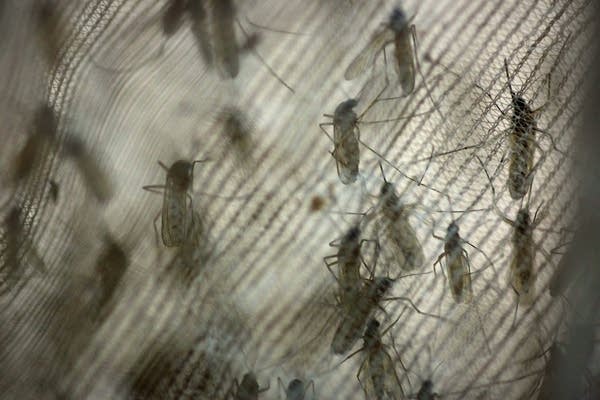Mosquitoes: A summer survival guide

Trapped mosquitoes Tuesday, July 9, 2013 at the Metropolitan Mosquito Control District lab in St. Paul.
Jennifer Simonson | MPR News 2013
Go Deeper.
Create an account or log in to save stories.
Like this?
Thanks for liking this story! We have added it to a list of your favorite stories.


